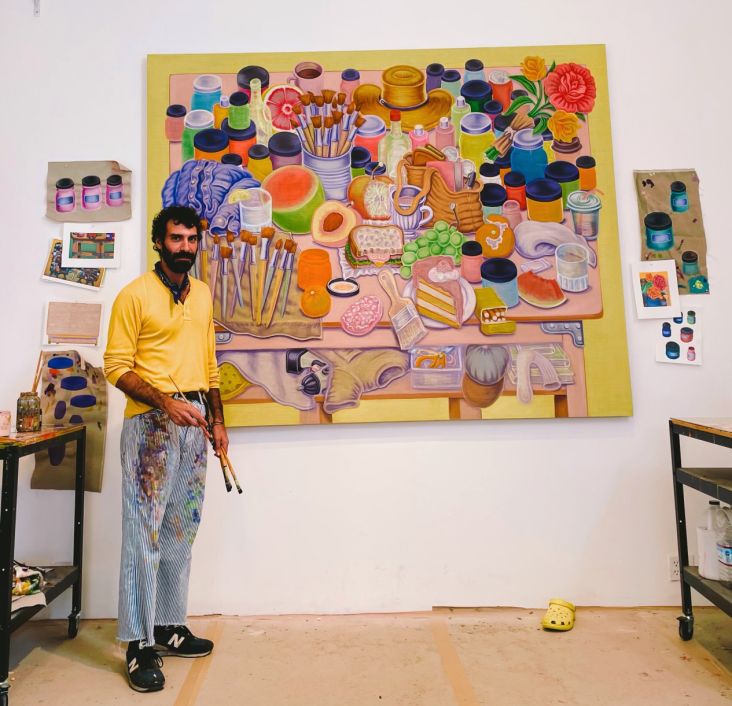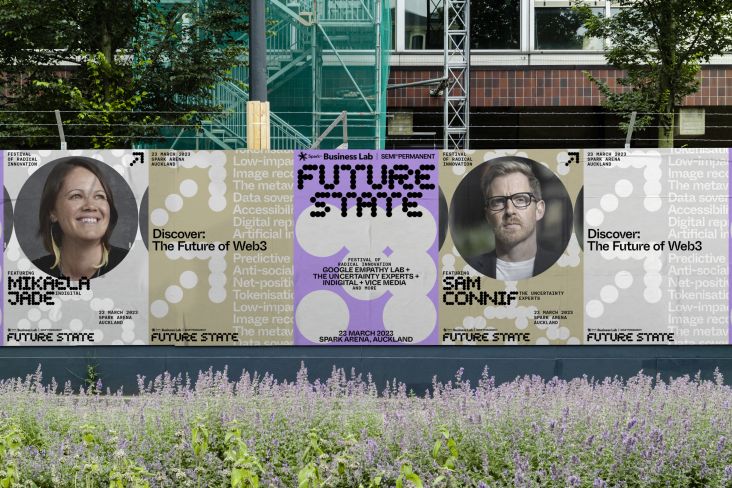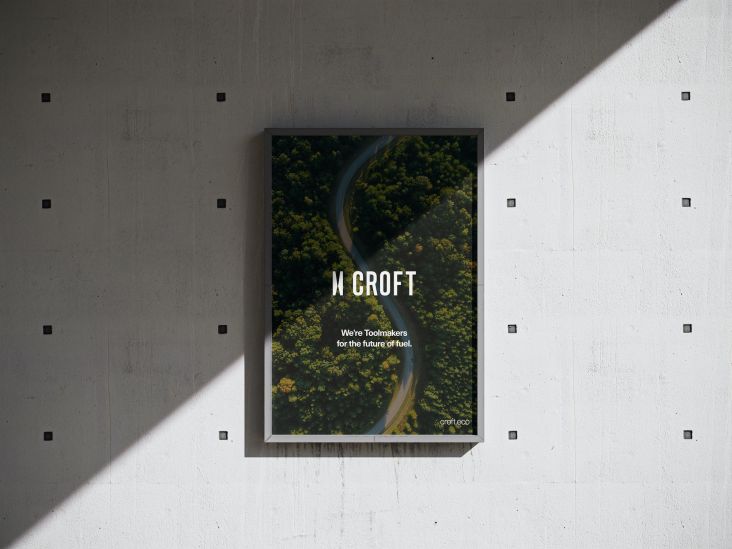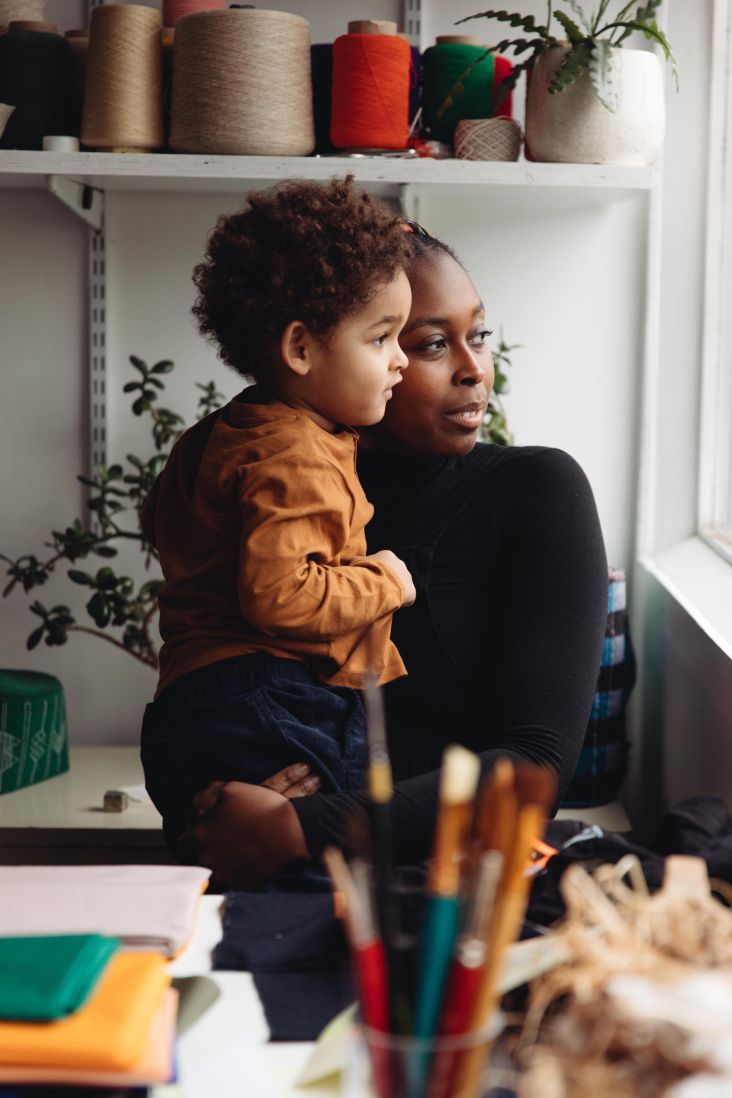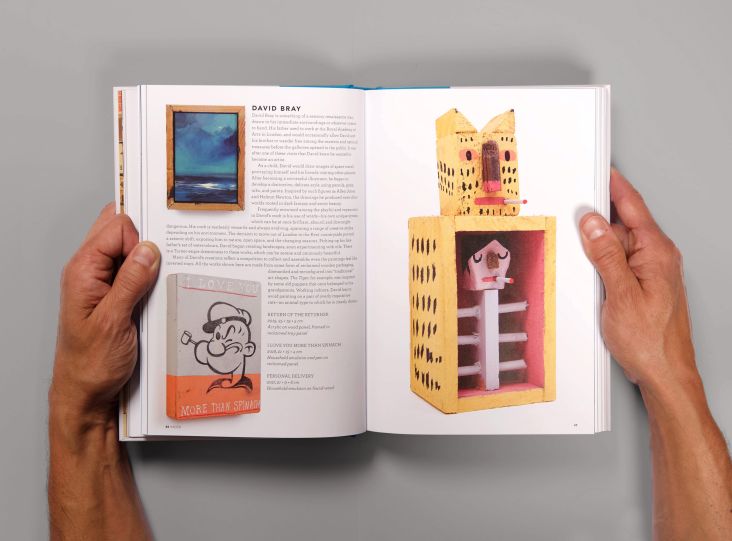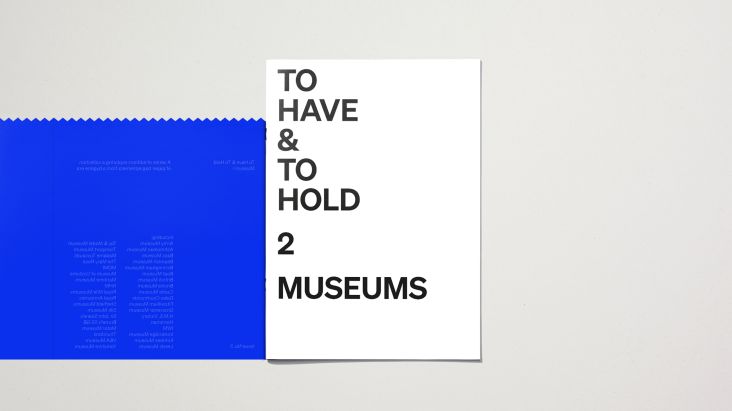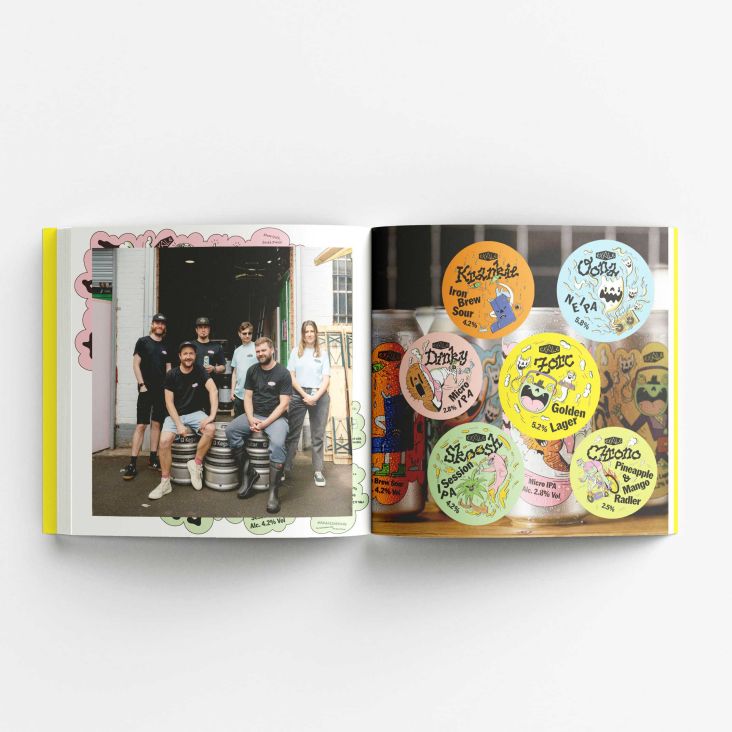Rasato Ma's illustrations explore the relationships between people and the world around them
London-based editorial illustrator and graphic designer Rasato Ma connects with himself, viewers and the world around him via deeply personal artwork rooted in nature's wonder.
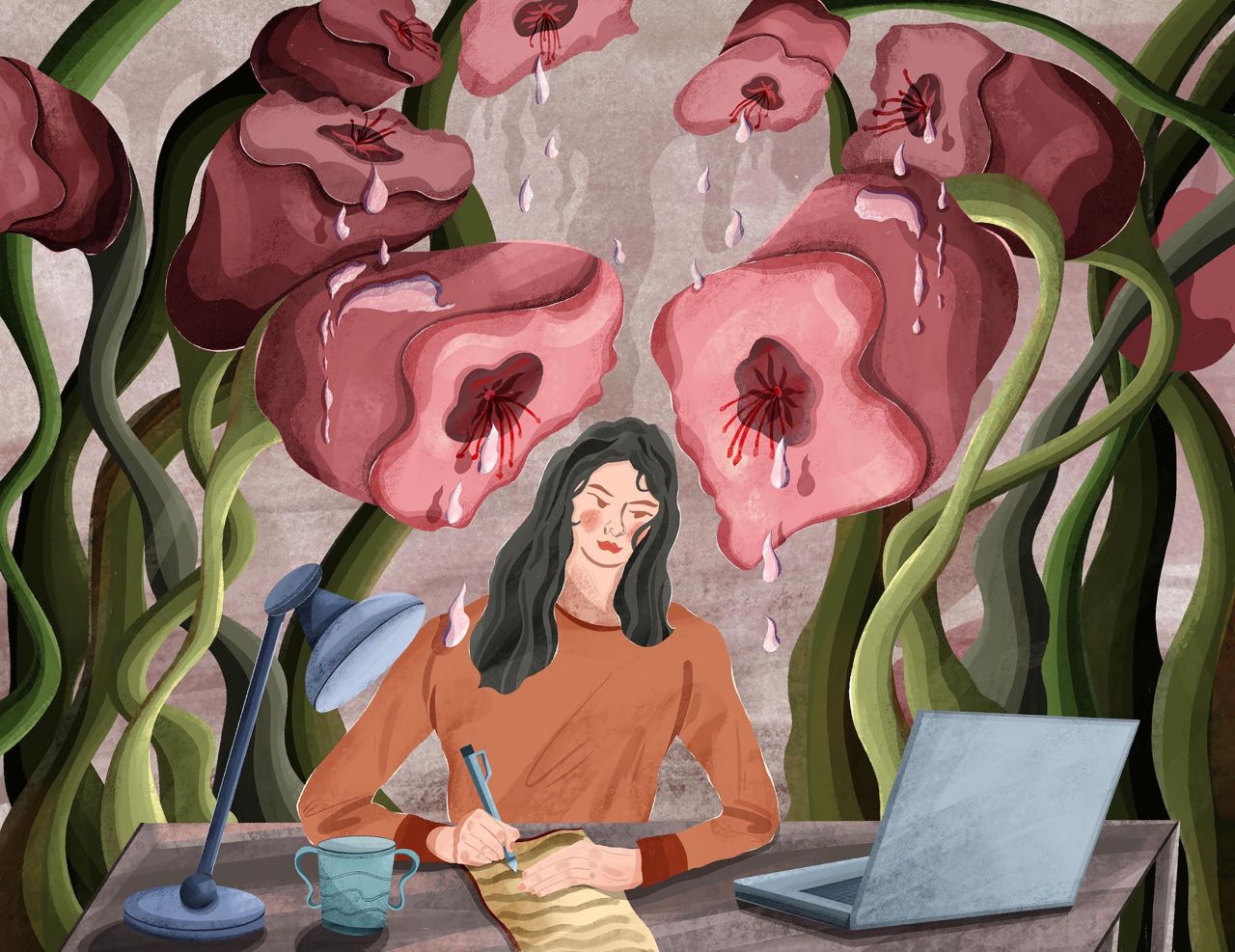
Originally from Shanghai, Rasato pursued postgraduate studies at Bournemouth before making the leap on moving to the capital in late 2022. And as anyone living in the city can attest, sometimes the relationship between urban life and nature can feel curious, if not even more strained.
For Rasato, though, a self-described "sentimental and delicate person", the nature in London, and indeed the country as a whole, can seem jarring. "It seems to me that the world is sometimes as long and unforgiving as the winters in the UK, stripping hope and discolouring us," he tells Creative Boom. "But if I can make even a little change by contributing my thoughts and values as I discover my relationship with the world, then I will be proud and satisfied."
Indeed, this connection between himself as a person and the world at large is an intimate one. "As far as I am concerned, human beings and our environment have always been interdependent and interacting," he explains. "The environment I talk about is not just as simple or vague as what I see, but it has become a kind of spiritual sustenance and hope for me."
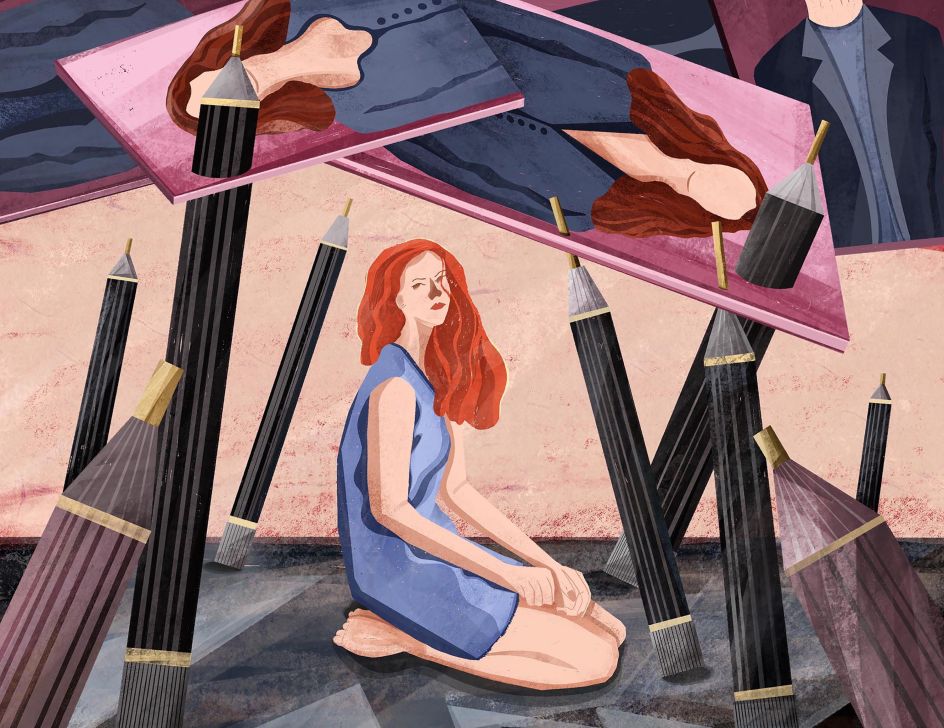
Trees, in particular, are such a source of emotional support. Rasato started to notice, admire, and even envy them after going through a negative experience. "I always thought that trees were ordinary or unremarkable, but when I saw the sunlight penetrating through the trees, pouring onto the branches and reflecting a faint halo, the negativity in my heart dissipated. I gradually began to notice their existence and reflect on my own well-being. It made me think about how to make changes."
This observation led Rasato to contemplate if trees felt emotions like he does and why they have been able to keep on standing regardless of the weather. It also prompted him to wonder if they get old too and if they could feel him observing them.
"The relationship between myself and the trees is subtle and continuous," he adds. "Is it because of my negative state that I notice them? In my sketchbook, there are a huge number of trees because I love documenting their states and how easily they allow me to empathise with them. I intend to comprehend them more directly through my sketches and feel a more expansive and deeper relationship with them."
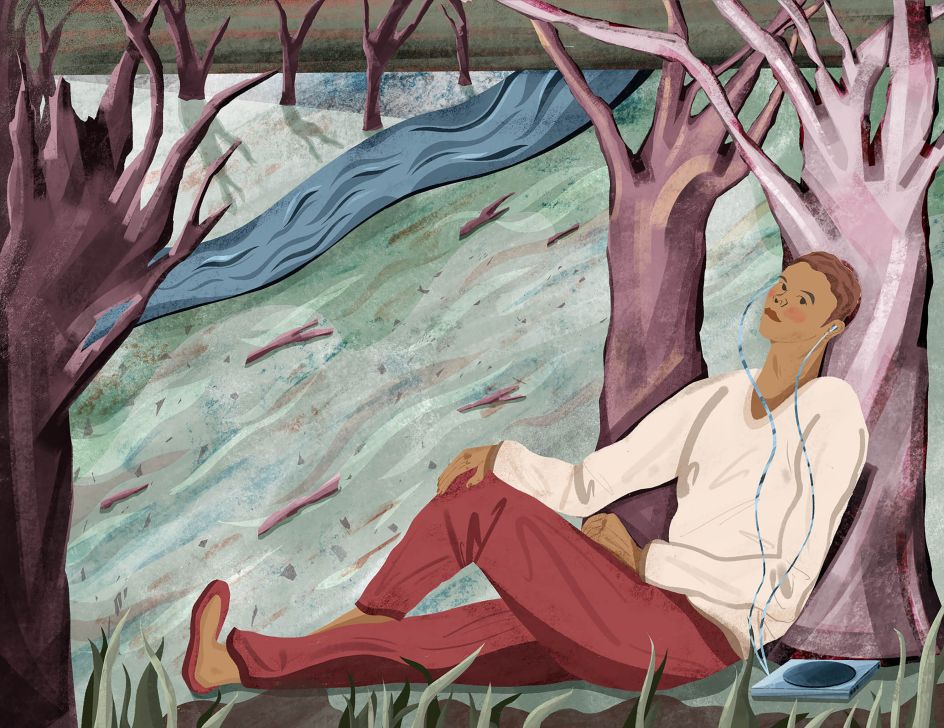
It's not just the natural world to which Rasato feels a profound connection. The work of Korean artist Eom Yu Jeong instils a similarly strong and unwavering spiritual connection. Rasato says her work encourages him to probe more visual possibilities and personal values.
"This is essential for a newcomer who is still experimenting with the field of illustration," he reveals. "I am eager to gain inspiration and confidence from artists or illustrators like her who can help guide us through difficult questions such as confronting self-doubt and criticism. And how to challenge ourselves and breakthrough when encountering creative bottlenecks?"
Eom Yu Jeong also draws trees with traditional painting materials. "The trees under her pen seem to be given life. They jump out of the paper in an eternal and unchanging state. I especially like how she applies traditional painting techniques to create the appearance of trees as she sees them with her eyes. Every stroke is almost done in one go, firm and proud. I seem to be able to have a conversation with her through her paintings."
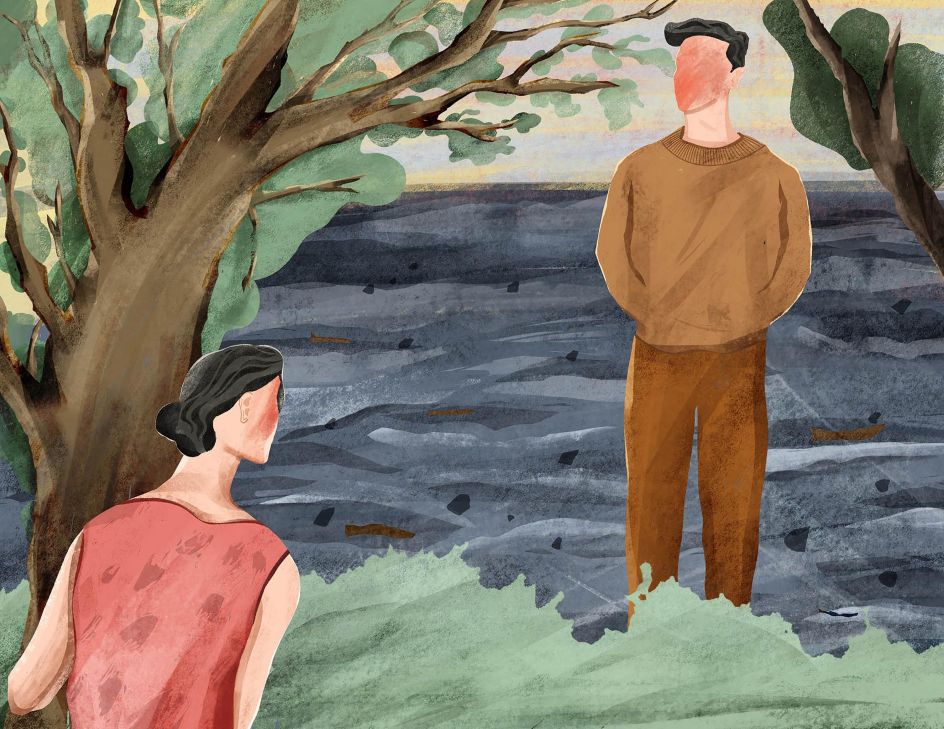
Similarly, it's possible to read Rasato's feelings into his work. And by working with both traditional and digital mediums, he hopes that the combination will help him to understand the boundaries and possibilities of illustration. "It's taught me how to maintain a balance between commercial projects and art," he adds. "I would like to be able to express myself freely without commissions and to be more aware of what can still be achieved in electronic painting."
As for overcoming internal hurdles like self-doubt, studying the work of illustrator Lisk Feng played a huge part in terms of developing Rasato's outlook. "I felt inferior and even small, especially when there was such a huge gap between her and me. I couldn't take my eyes off her work.
"After that, I gradually let go and understood that everyone, whether in illustration or other fields like graphic design, is like an individual with completely different personalities and attitudes. I can't be Lisk Feng, let alone draw in her style. I can only be myself, show myself and my works to my audience, and demonstrate all the things hidden deep in my heart and mind."
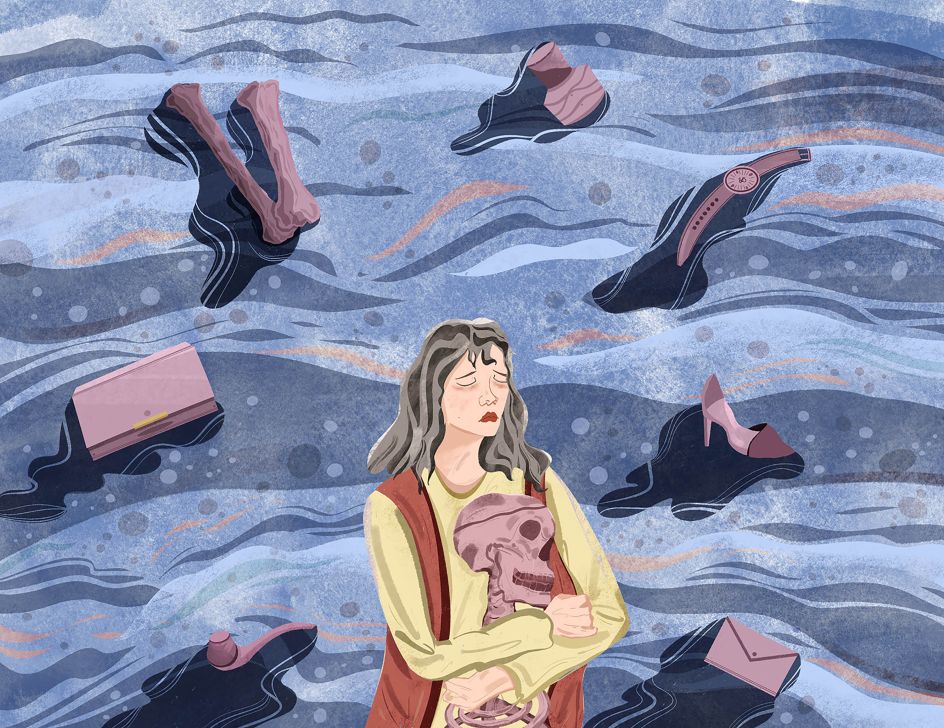
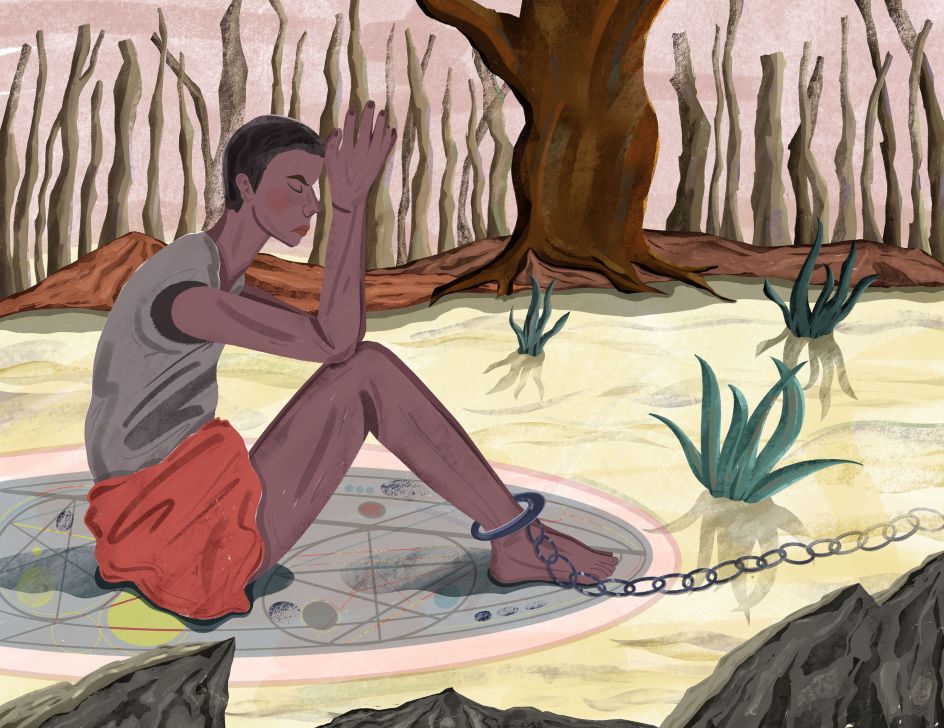
He adds: "Editorial illustration is a practical field for me to connect with my audience and contribute my values, ideas, and concepts. It is a comfortable and evolving medium that allows me to bring narratives and ideas to people through my illustration. The combination of illustrations and text fuels the audience with imagination and allows them to reflect on the article."
As for himself, Rasato is most proud of and fulfilled by his postgraduate project LOVE, which was a newspaper discussing what love is and how it interacts with all of us. "I wanted to practice and generate a relatively stable digital painting style process, and furthermore reflect on the questions of: what is love?" Rasato concludes. "Compared to the previous projects, it took longer time and effort because I was still exploring a new digital drawing style."

















